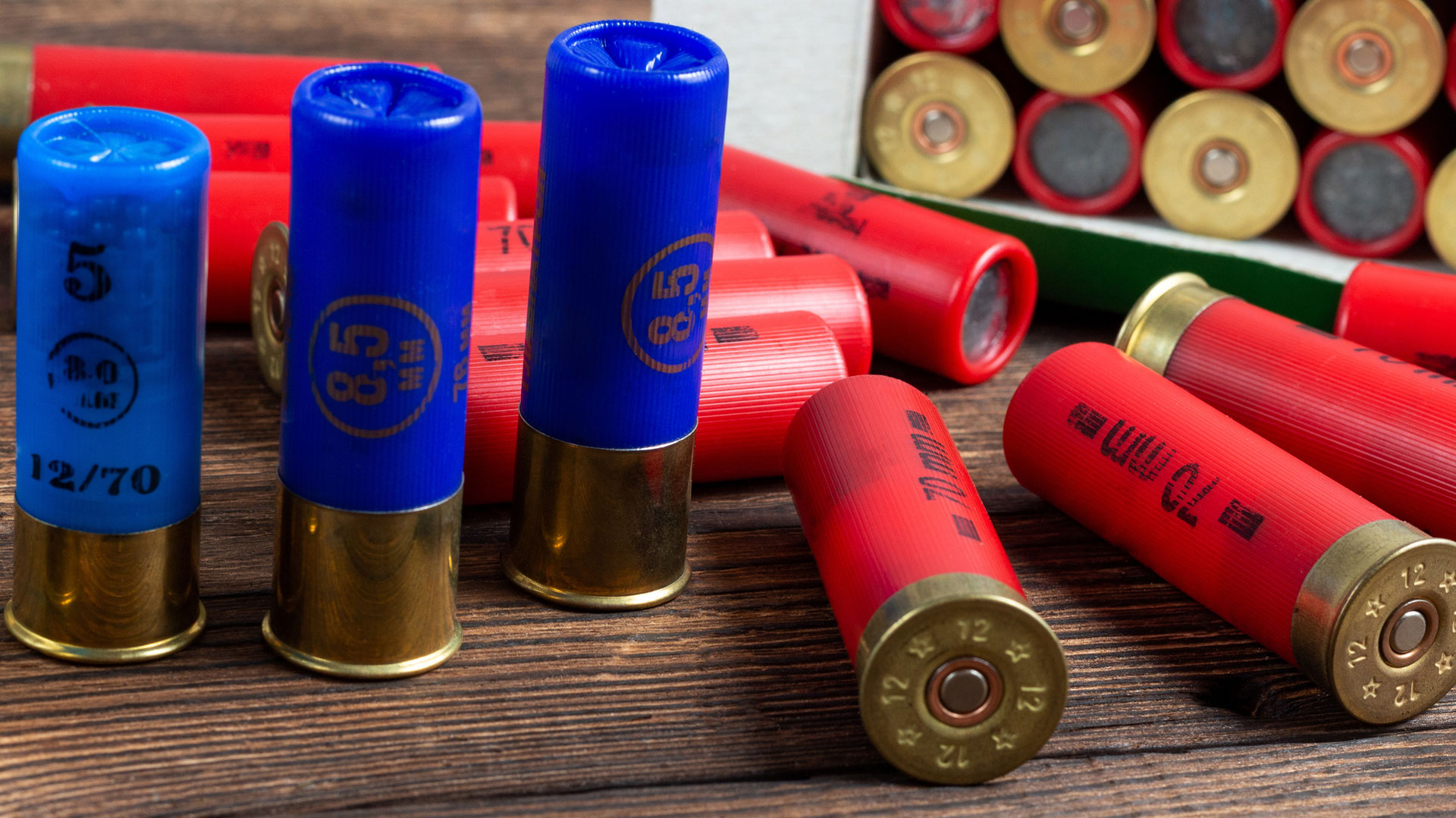

- Y.SIZE SHOT 5 TIMES HOW TO
- Y.SIZE SHOT 5 TIMES SKIN
It is therefore no surprise to hear of No.3 or No.4 shot and loads of 36g or more employed to engage extremely high pheasants. You need more pellets to fill the pattern and tight chokes to keep it together at extreme ranges. However, the experience of today’s consistently effective, long-range pheasant Shots reflects the principle that, as you go further out, you need to use bigger pellets to retain penetration. Once chokes go beyond 40thou constriction, patterns start to get worse and very large shot patterns vary erratically. At longer range, you need tighter chokes within the limits of performance. Your 30g of No.6 through improved cylinder at 40 yards should be changed to 32g of No.5 if you are expecting 50-yard shots. However, if you do so, to fill your pattern you need more shot or more choke. If you are engaging birds beyond 45 yards, changing to No.5 is sensible. Burrard agreed: “33 grains of powder and 11⁄16oz of No.6… probably as good an all-round load as any… will kill partridges slightly beyond 40 yards and bigger birds up to 45 or 50 yards.” However, he conceded that in practice the difference between No.5, No.51⁄2 and No.6 shot on pheasants at ordinary game ranges (up to 40 yards) was small enough not to really matter.įor partridge or pheasant, Thomas believed that No.6 shot was the best general size to use. It is probable that No.6 comes closest to the ideal.” He explained: “A smaller size of shot than No.6 confers no possible advantage in range or killing power… may cause wounded birds at long range owing to lack of penetration, and result in plastered birds at close range. Major Gerald Burrard decreed that the ideal shot size should be that which carries sufficient penetration five yards further than the point at which a pattern becomes too open. Missed or wounded game (either from failure of pattern or penetration). Smashed game (hit with too many shot pellets). The consequences of choosing the wrong shot size Small shot may not penetrate sufficiently and large shot may leave too many holes in the pattern. The problems manifest when you extend the range. At short range, large shot remains close enough together to make multiple hits, so pattern is not a problem. Only at longer ranges does it lose energy. At closer ranges, small shot has sufficient momentum to penetrate. That shot needs to penetrate deep enough to enter vital organs and break bones. You select shot sizes to ensure you have enough shot to hit one or more vital organs and produce sufficient shock to kill it. Y.SIZE SHOT 5 TIMES SKIN
Hitting a bird with lots of tiny shot that doesn’t penetrate the skin won’t kill it and hitting a bird with one pellet that breaks its leg won’t kill it either.The balance to be struck is one between pattern and penetration.Gough Thomas called these limiting factors “pattern at the expense of energy” (small shot) and “energy at the expense of pattern” (large shot).However, with fewer pellets in the pattern, there will be greater space between each one. Larger shot carries momentum and energy for longer distances and penetrates deeper.Small shot produces a fuller pattern because there is more of it in the cartridge (assuming the same weight load).7 shot better than any other shot… I am confident that had you, for a whole season, no other sized shot, you would find that you had killed more game.” Hawker mostly shot over dogs, what we would call walked-up shooting today. In 1833 Lieutenant Colonel Peter Hawker told readers: “A common-sized gun will shoot No. The ideal we seek is a killing pattern that covers the target and individual pellets in that pattern that hit with sufficient force to impart shock and do lethal damage.We choose shot to produce an acceptable compromise for the shooting we do and the gun we use.The best shot size has been debated for as long as guns have been throwing clusters of small lead balls at flying birds. Want to buy a single issue of Shooting Times, Sporting Gun?.Choosing the right bullets for deer stalking.British deer: A guide to identifying the six species found here and where to stalk them.Country hotels offering shooting facilities.
Y.SIZE SHOT 5 TIMES HOW TO
How to choose the right cartridge for your shotgun.How to choose the perfect airgun pellets for your rifle.How to deal with eye dominance when shooting.Shotgun certificate – how to get one and how to renew one.Sign up to the Shooting Times newsletter.





 0 kommentar(er)
0 kommentar(er)
